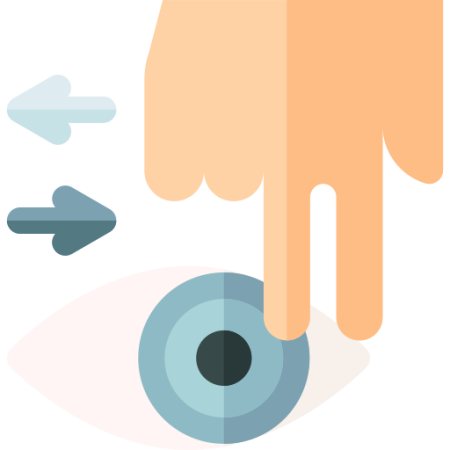How does it work
How does it work
EMDR is well-known and established as the first go-to therapy for treating trauma and PTSD. It was founded by Francine Shapiro in 1987.
Over the years, many new EMDR protocols have been developed to provide relief from conditions such as fear, stress, unwanted behavioral impulses, and emotional states.
EMDR works by engaging your brain's natural healing abilities
through bilateral stimulation, usually in the form of guided eye movements.
This activates your brain, facilitating deeper processing
and helping it reorganize and
form new, more helpful brain patterns.
EMDR provides a targeted approach to healing, allowing individuals to process past traumatic experiences, manage emotional challenges, and reduce addictive behaviors. Over time, many people experience improvements in emotional regulation, coping skills, and overall emotional well-being.








